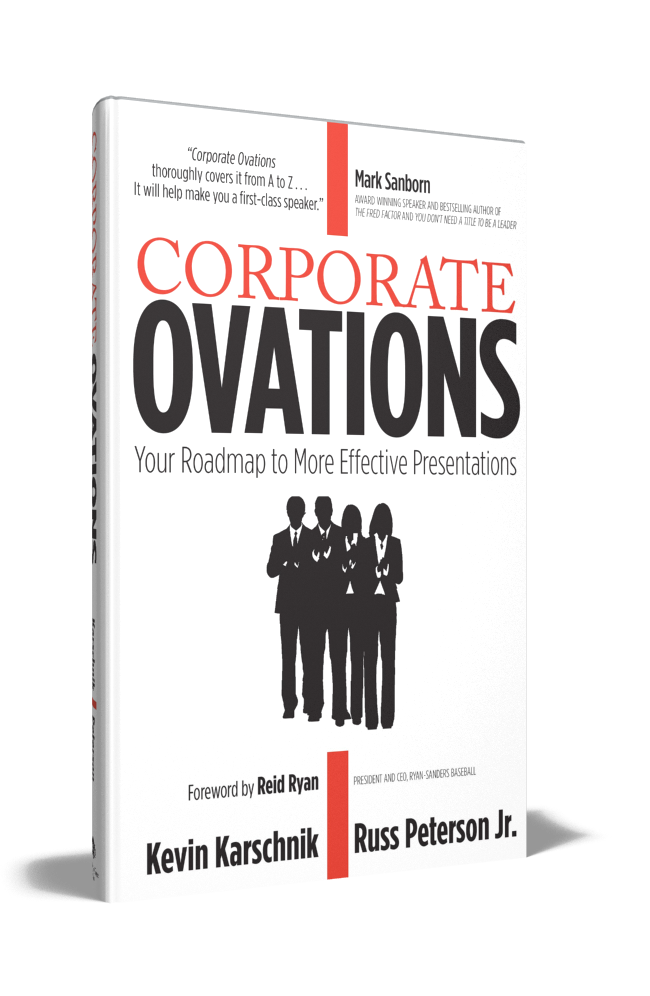What is the most exciting part of any story? What’s the one thing that creates movement in a story? How do Hollywood directors like Spielberg and Howard make it impossible to look away? They do it by creating a sense of flow in the storyline. This sense of flow can be created with many techniques, but it’s most often done with this one simple tool…

Decisions! Remember… “No Decisions = No Movement.” If there is nothing for the main character to consider or decide, then we’re really just looking at a landscape. It’s like looking at a picture or a painting of a lake with some trees. There’s no decision to be made. There’s no movement. It’s still. It could be beautiful, but there is no movement. If your goal is to create movement in the audience, then you’ve got to present more than just a beautiful landscape.
We Love the Fork In the Road
Think about it… when someone is giving you information, you’re waiting for the decision moment. If someone were to say, “I left my house around 8:30 and started driving toward town. I passed several busses, a few trucks, and some cars on my way. There had to be at least 5 stoplights I had to sit through. It was fairly cloudy too. The sun wasn’t shining at all.”
I think your eyes would be glazing over as you’re wondering, “Exactly where is this tale is going anyway?” If he stopped talking right there you’d probably respond by saying, “…and then what?” You’re waiting for something else in the story, but what is it? You’re waiting for the fork in the road! That’s the moment. That’s the catalyst you need to move this story along!
A fork in the road is the one critical moment when something unexpected happens and the main character is forced to make a decision. Stories don’t get exciting until the main character is forced to make a decision.
For us to connect with a story, we need to place ourselves in the story. As audience members, one of the most common ways we do this is by focusing on the decisions a main character is faced with. Then, we immediately start thinking, “What would I do in that situation?” NOW you’ve engaged your audience.
Make it a Tough Choice
As a speaker, you can’t just present any fork in the road and expect your audience to stay engaged. The decision to be made must be something out of the ordinary. The choice needs to be difficult. If it’s an easy answer to select, it won’t compel the audience to engage. But when it’s a tough choice, we’ll start to think, “Now… what would I do?”
Think about your next presentation. Do you want your data to tell a story? Then paint the scene with the data but take the audience to the fork in the road. This is where the decision needs to be made. What is the data telling you? Does the data present options to choose from? Which direction should we go in? What makes the most sense for our next step? What are the decisions you and the audience need to make? Why these choices? Why now? Why us?
The tougher the decision, the more compelling and engaging the message. When we have no idea what we would do and we’re waiting to see what our speaker suggests, we’re engaged!
Don’t Forget the Risk
Some of your friends are great storytellers and you love to hear them spin a yarn. Others… maybe not so much. While there are many techniques for telling better stories, presenting decisions (forks in the road) is one of the most fundamental tools and also one of the most effective. If you want to make your decisions even more compelling, make sure you expose the risk in either choice.
In other words, show the potential consequences if either of the decisions doesn’t turn out well. What is at stake here? What is the risk and what is the consequence if this choice goes South on us?
This is what we love about movies like Die Hard, Star Wars, or Raiders of the Lost Ark. Our heroes are placed in impossible situations and they need to make a choice. What is your next move? How will you play this? What is at risk if you choose wrong? I’m reminded of C3-PO in the Star Wars movies constantly offering the odds of survival in every dire situation.
How risky is the choice to Han Solo? 34 million to 1 (nearly impossible)
What is the consequence if you choose wrong? Death
Talk about making the audience aware of the risk in a decision! We’re drawn to watch the “high-risk, high-consequence” forks in the road.
How can you apply this in business?
I’m not asking you to overdramatize your business presentations, but if you want your data to tell a story, take a lesson from Spielberg. You need to create forks in the road. What are the tough decisions in your message? Tell the audience what you decided on and where that decision took you next.
Every fork in the road… every decision to be made… when tied to the level of risk and the consequence if you’re wrong, will create movement in your stories.
Now go let your data tell a story!
Until next week…
Let’s connect…
iSpeak teaches workshops on Professional Selling to help sales leaders gather the most important data and then use that information to create the right message. Are your sales presentations closing eyelids or deals?
Russ Peterson Jr. is the co-founder and Managing Director of iSpeak, Inc. – An award-winning professional development training company. Russ is a speaker, international trainer, and published author on Professional Sales Communication and Business Communication. He delivers workshops, keynotes, and personal communication coaching services to business professionals in the US and around the world. His leadership blog assists leaders in giving voice to their vision. You can connect with Russ directly through Twitter, Facebook and LinkedIn.



Please note: I reserve the right to delete comments that are offensive or off-topic.